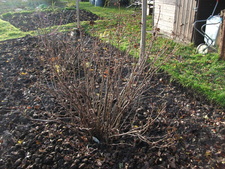 A lot of this growth needs to go
A lot of this growth needs to go Click here for the RHS page on pruning redcurrants, whitecurrants and gooseberries.
Click here for a page and a nice clear video about planting and pruning blackcurrant bushes,
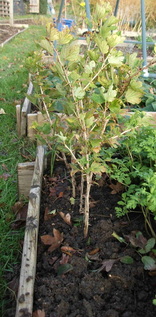
These young gooseberry bushes were just last year's prunings, stuck in the ground in a raised bed. Look at them now!
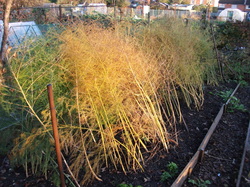
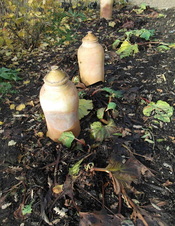
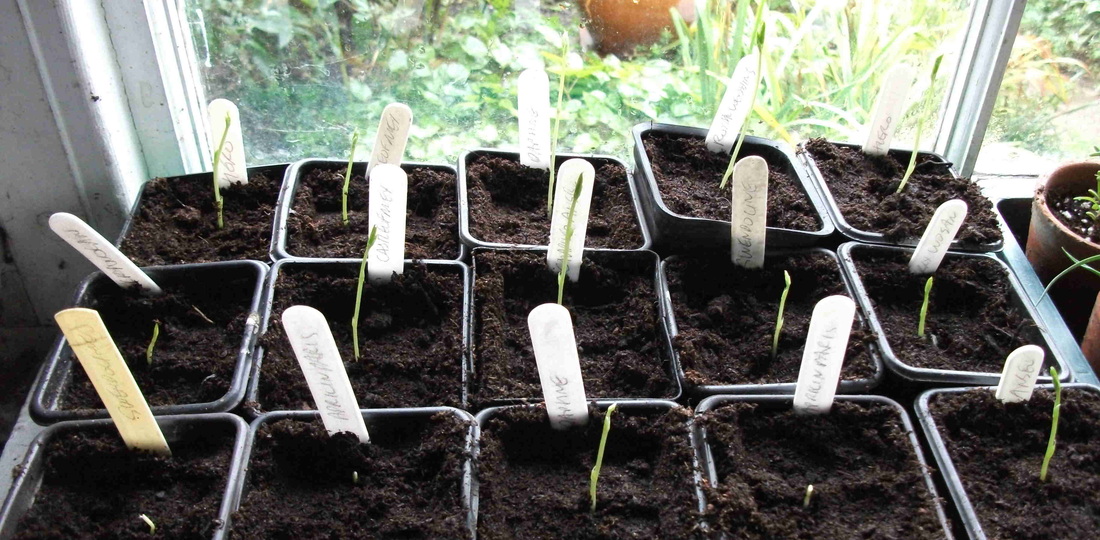
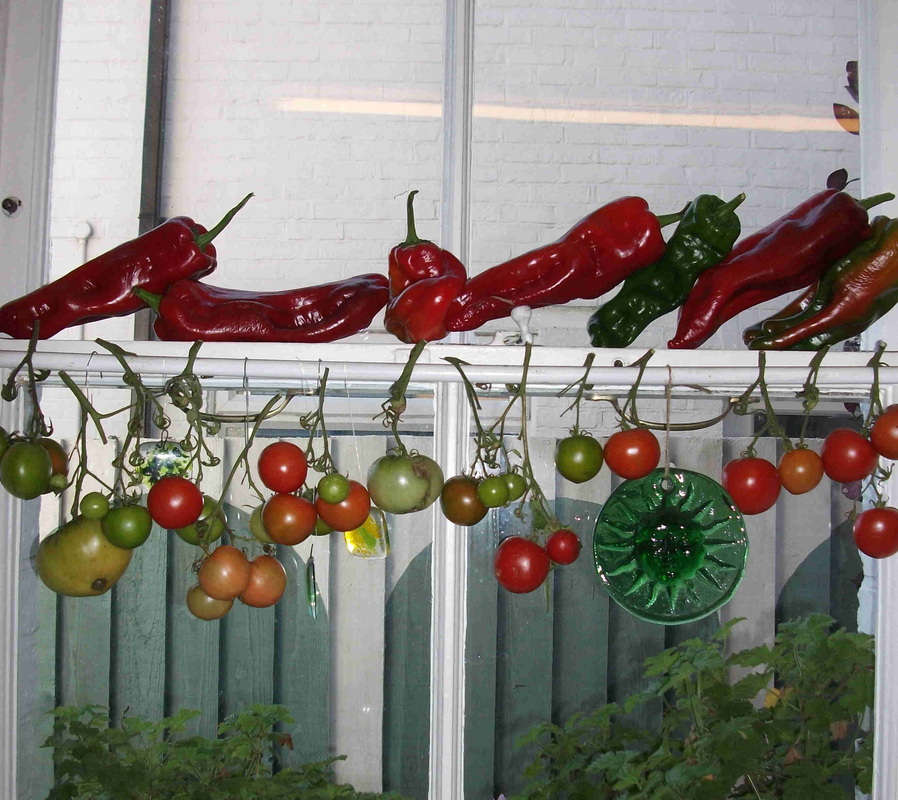
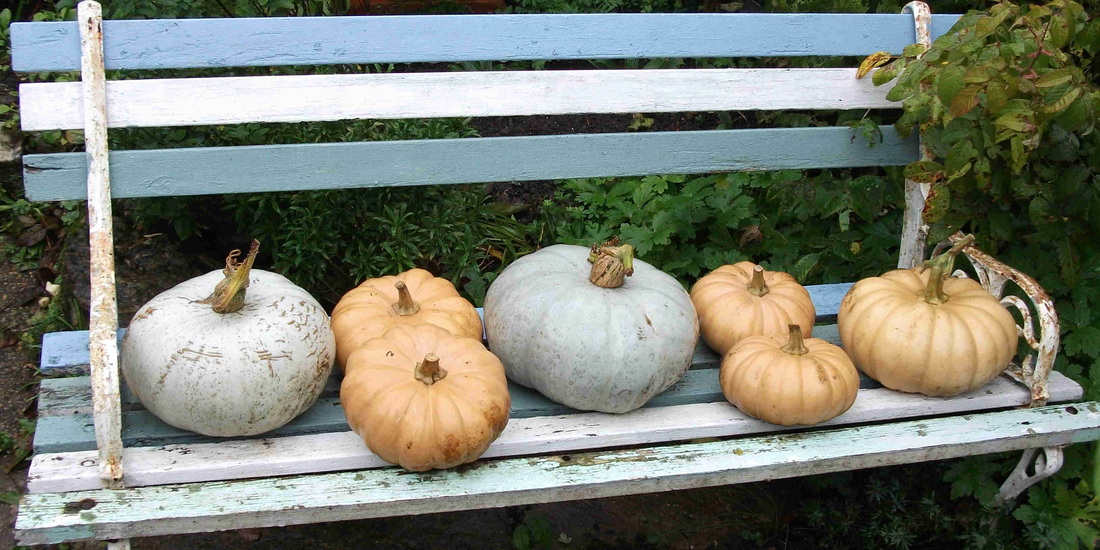
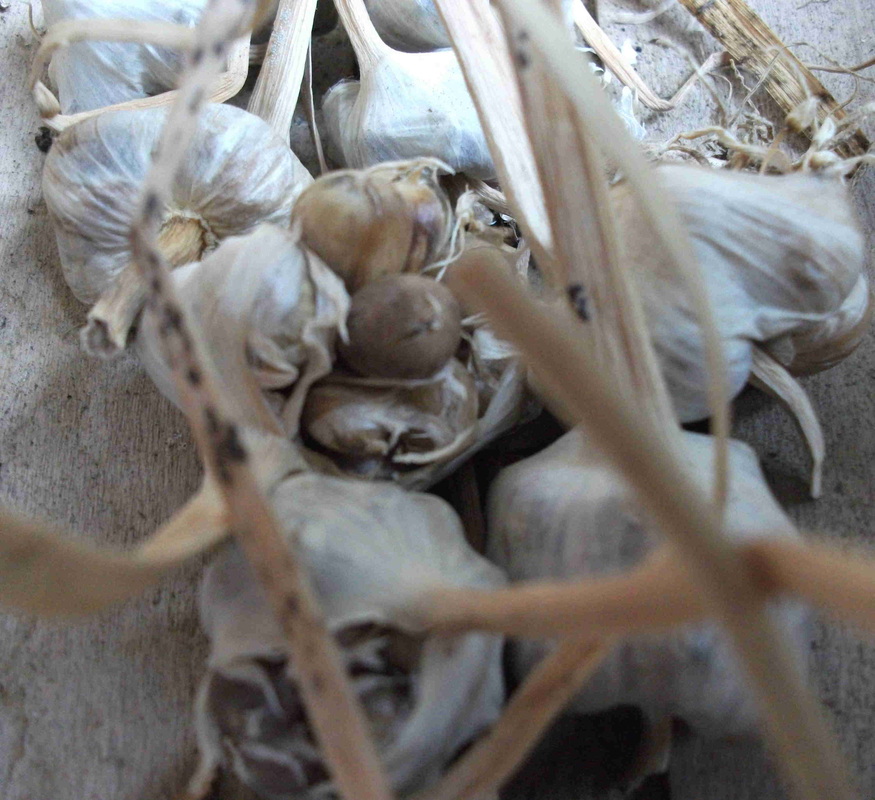
 RSS Feed
RSS Feed
